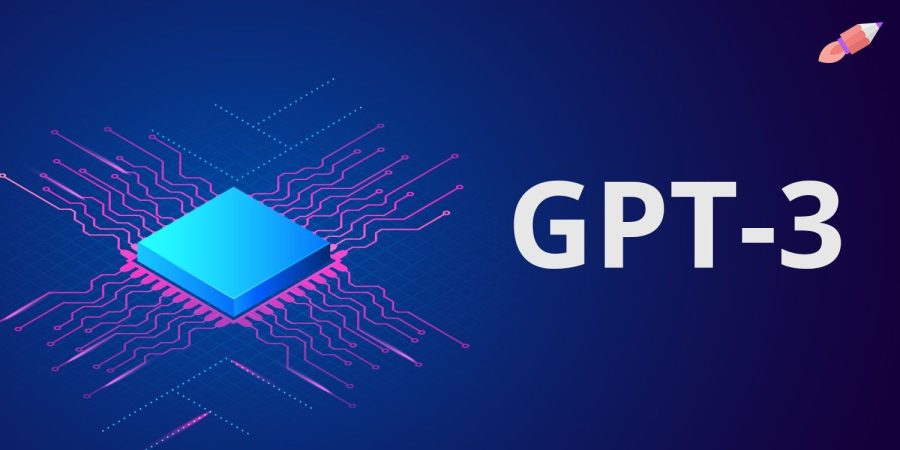On Artificial Intelligence and GPT 3
What is intelligence?
One definition of intelligence is the capacity to acquire and apply knowledge. This definition is important because it emphasizes the practical aspect of intelligence – the ability to use knowledge in a way that is beneficial. Another definition of intelligence is the ability to think abstractly. This definition is significant because it emphasizes the cognitive aspect of intelligence – the ability to think in ways not constrained by the concrete. Finally, intelligence can be defined as the ability to adapt to one’s environment. This definition is influential because it emphasizes the importance of intelligence in survival. All three of these definitions are essential because they highlight different aspects of what intelligence is. Intelligence is not simply one thing – it is a complex mixture of abilities that allows us to thrive in our world.
What is artificial intelligence?
Artificial intelligence (AI) is a term that refers to the simulation of human intelligence by machines. AI has the ability to learn and perform tasks that would normally require human intelligence, such as understanding natural language and recognizing objects. In this, there lie both benefits and risks. Benefits of AI include automating tasks that would normally be done by humans, such as data collection and analysis. AI can also help humans by providing decision support and predictions based on data. For example, Google Maps uses AI to predict traffic patterns and give users the fastest routes to their destinations. Risks of AI include the potential for biased decision-making. AI systems can learn to be biased if they are not carefully designed and monitored. For example, a facial recognition system that is trained on a dataset of mostly white faces is likely to be biased against people of color. AI systems can also be used maliciously, for example by hackers who want to gain control of a system or by governments who want to spy on their citizens. Overall, AI has the potential to be both beneficial and destructive. It is important to consider both the risks and benefits of AI when developing new systems.
How does artificial intelligence relate to academics?
The advancement of artificial intelligence has drastically changed the field of academics. In the past, students needed to learn and remember vast amounts of information to succeed. However, artificial intelligence has taken away the need for individual knowledge in academics. With the help of artificial intelligence, students can now use the internet to find the answer to any question they have. They no longer need to rely on their memory to remember information. In addition, artificial intelligence can help students to understand complicated concepts. There are now many software programs that can explain concepts in a way that is easy for students to understand. Artificial intelligence has also changed the way teachers teach. In the past, teachers would stand in front of the class and lecture students on a particular topic. However, now teachers can use artificial intelligence to create interactive lessons. Students can now learn by doing instead of just listening. Overall, artificial intelligence has taken away the need for individual knowledge in academics. Students can now rely on the internet and software programs to help them learn. Teachers can also use artificial intelligence to create interactive lessons.
What is GPT-3?
GPT 3 is a machine learning platform that enables developers to train and deploy AI models. It is useful for tasks such as natural language processing, image recognition, and predictive modeling. However, GPT 3 can also be used to generate fake news, spam, and phishing attacks. As a machine learning platform that uses data to produce authentic answers, GPT-3, is trained on a large corpus of data, including a wide range of texts, images, and videos. This allows it to generate answers that are more likely to be relevant and helpful to the user. GPT-3 was taught on all of GitHub. GitHub is a platform that enables developers to share code and collaborate on projects. By learning GitHub, GPT-3 can understand the syntax and semantics of code, and can thereby generate code that is compatible with git-hub. This ability to learn and generate code from natural language descriptions opens up a range of possibilities for GPT-3, including the ability to code.
Who wrote this article?
By prompting GPT-3 with the right statements, it wrote this entire article. With programs like GPT-3 accessible to the public, it seems like the need for individual human knowledge is rapidly diminishing. The dangers of GPT-3 in terms of academics and written work lie in its authentic responses. Taught to “think,” GPT-3 doesn’t copy and paste from articles or websites on the internet—it produces original responses that are undetectable by plagiarism checkers. So beware . . . next time you read something, maybe the author wasn’t even human.
Sources
GPT-3

matthew • Dec 1, 2022 at 6:15 pm
Technically, this is not correct. While it is true that gpt-3 learned on a very large corpus, I would argue that she does not have true understanding of anything she says. Really, the state of AI now is quite weak. We are nowhere near having AI capable of real understanding. All modern AI, including GPT-3, lack mental states which are fundamental to real human cognition and understanding. Additionally, one can argue that we will never achieve strong AI. I suggest reading Searle’s Chinese Room Argument to hear such an argument which is quite common within the philosophy of AI. So, while GPT-3 is definitely helpful and applicable, we must remind ourselves that it is just a lot of matrix multiplication happening behind the scenes. It is merely rote, mindless, thoughtless numerical computation producing these English responses.